Ray Archuleta, Understanding Ag, LLC
Concerns about the US food chain supply made their way into the mainstream this week, as more meat processing and packaging plants suspend operations temporarily due to coronavirus outbreaks in the workforce. When Smithfield Foods announced it was shutting its Sioux Falls plant indefinitely, CEO Ken Sullivan warned that doing so would create a ripple effect that would eventually hit grocery store shelves. The COVID-19 panic has revealed the weakness of our food system. Our current system is very fragile. It is estimated that the meals in the United States travel about 1500 miles to get from farm to plate.
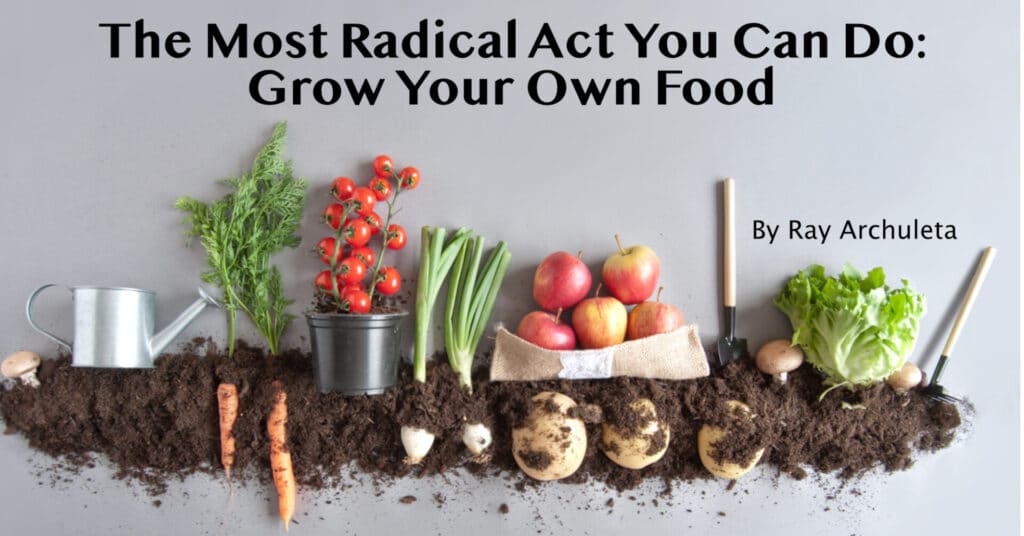
Why does food have to travel so far? There are three primary reasons: 1) We buy seasonal food all-year-round; 2) We buy processed food; and 3) We want it cheap. And there are several other factors to consider. We have a human and animal distribution problem in this country, with way too many people in the cities and too few farmers on the land. Plus, most of the animals we process for food are confined in small areas of the country, which creates environmental and human/animal health problems at many levels. In other words, our farms are too large and more people need to be on the land. It is self-evident that our American food system is fragile when you consider less than one percent of the population, feeds the other 99 percent.
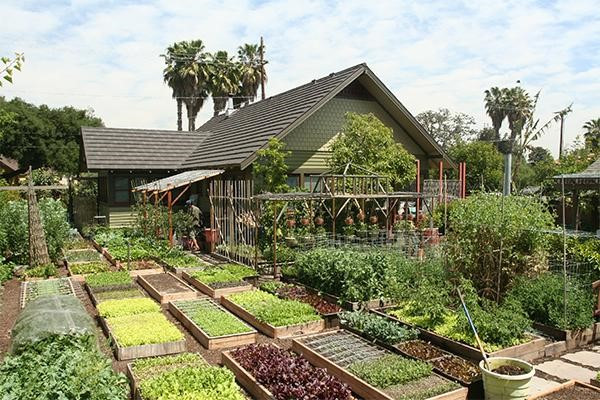
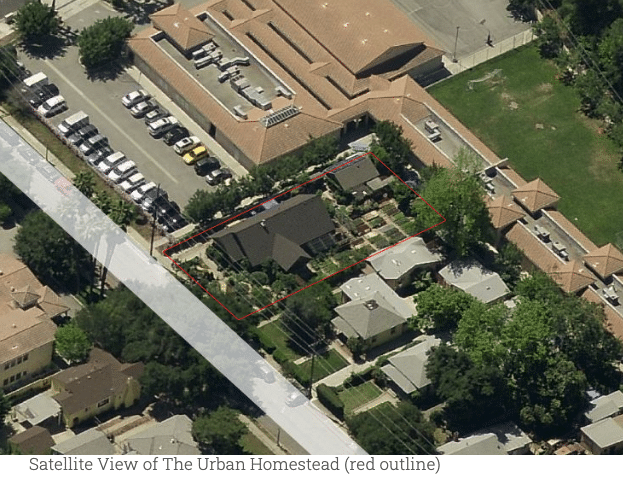
The Dervaes Urban Homestead is a great example of how we fix our fragile food system and feed the world because it mimics nature and utilizes the power of diversity. They grow over 400 different vegetables, herbs, flowers and berries. Plus, they harvest over 2,000 eggs, and 25 to 50 lbs. of honey. Annual gross sales from their home grown products are over $20,000 dollars and this occurs on only 1/10 of an acre or 4,000 square feet.
The Dervaes Family Urban Homestead harvested over 7,000 lbs of vegetables and 90 percent of their diet comes from the garden, at a cost of only $2.00 per day per person. Compared to the modern industrial agriculture model prevalent in California:: The Dervaes Family uses less water and raises more food in the same relative area (see chart below).
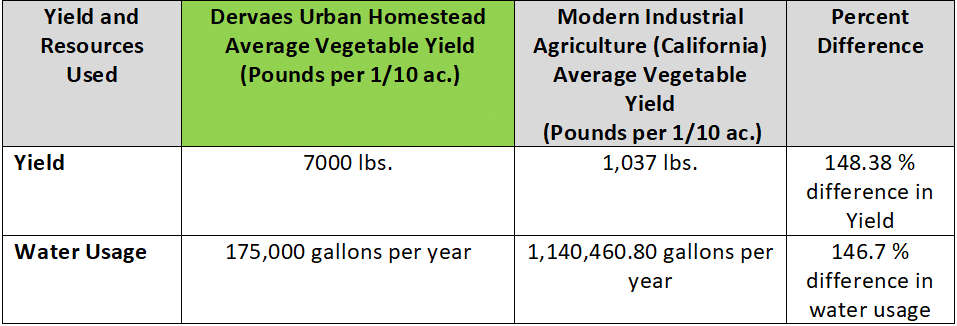
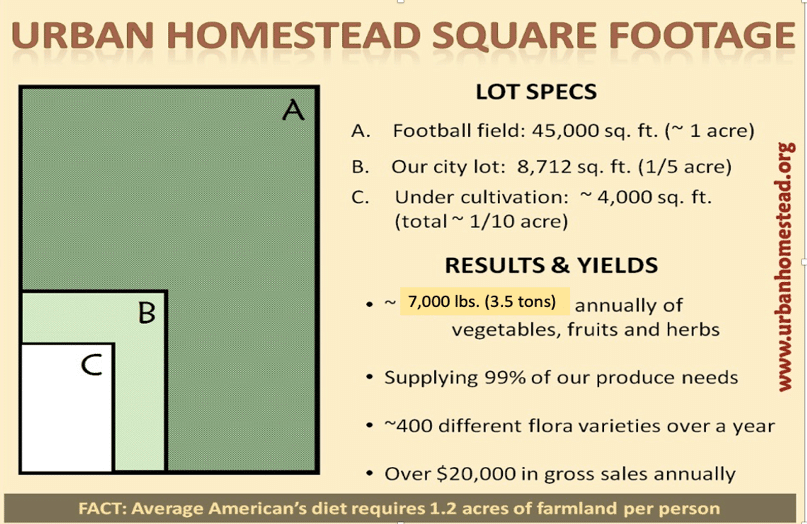
The size of Dervaes Lot
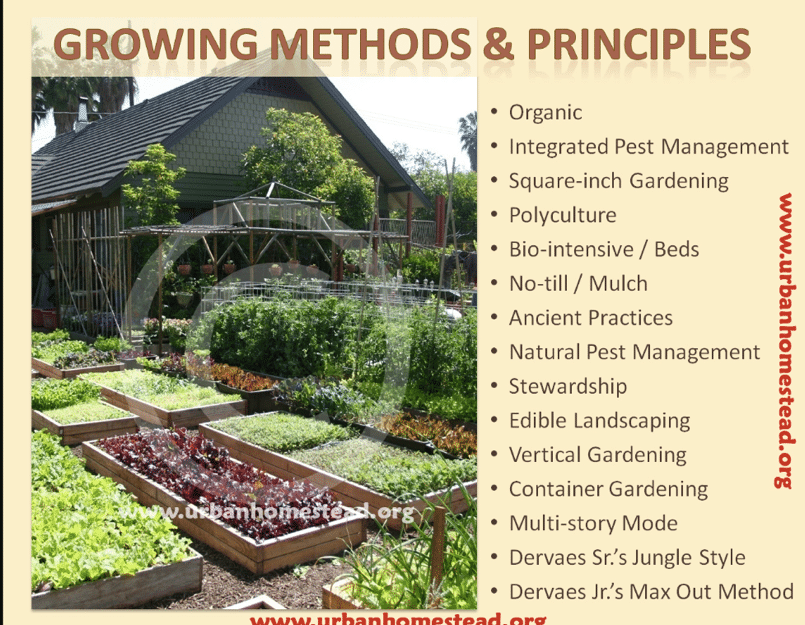
How do they do it?
Many critics who defend the current Industrial agriculture model say, “Regenerative agriculture cannot feed the world.” I once believed this false statement and I cultishly defended it. Boy, was I wrong! I still observe this Stockholm-syndrome disorder with politicians, government officials, government employees, farmers, ranchers, bankers, and others who are entrenched in the industrial agriculture model. Most do not understand that they defend a model that enslaves farmers, impoverishes rural communities, decreases biodiversity, increases water pollution and depletion, increases massive soil erosion and diminishes human health.
Can regenerative agriculture really feed the world?
In reality, large farms do not feed the world. More than 70 percent of the world is fed on farms with small acreage. The Dervaes Urban Homestead is a great example. This little, diverse jewel is nested in a large city. Can you imagine if all of our modern cities were replete with urban homesteads? This would have a huge impact on our world. This type of system is very resilient. The Dervaes Family does not worry about long lines, empty shelves and frantic crowds. They walk into their back yard and see their own Garden of Eden, providing a cornucopia of food. This tiny paradise is a source of life and hope for the community. Every day they experience heaven on earth that is in a constant state of regeneration.
Jules Dervaes, founder of The Urban Homestead, sums up the power of “the most radical of acts” this way…
“In our society, growing food ourselves has become the most radical of acts. It is truly the only effective protest, one that can—and will—overturn the corporate powers that be. By the process of directly working in harmony with nature, we do the one thing most essential to change the world we change ourselves.” Jules Dervaes, Founder (1947-2016)
